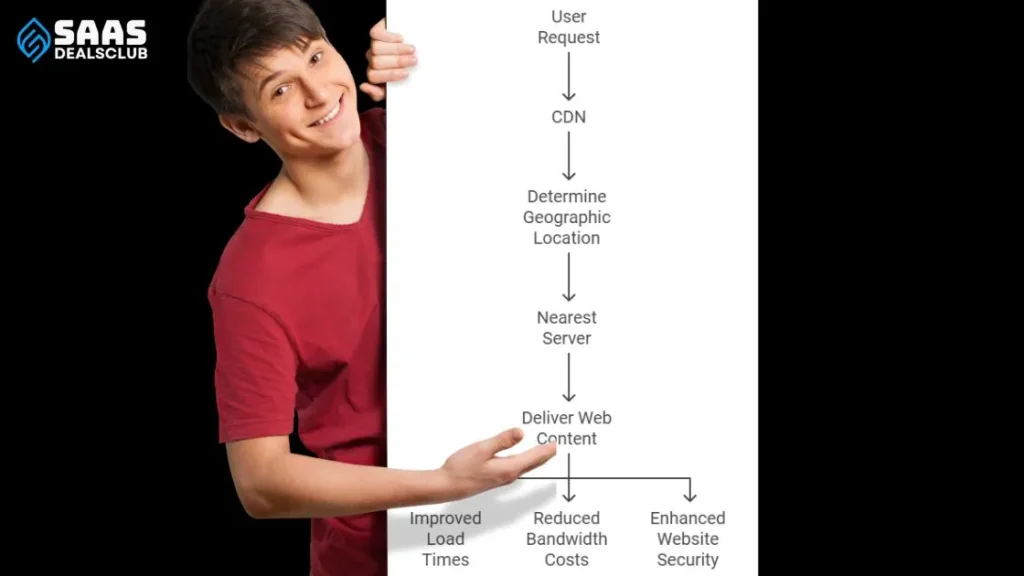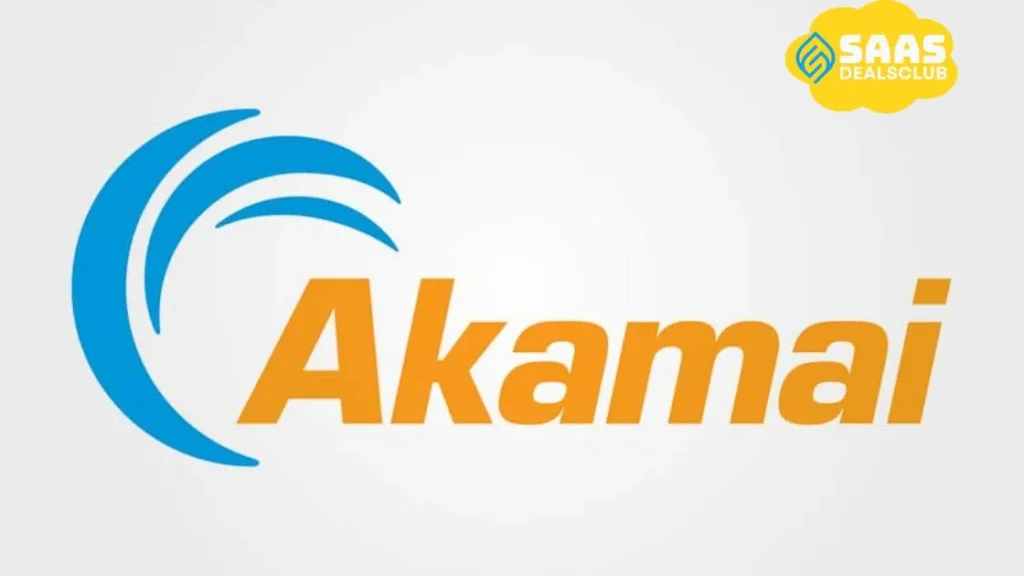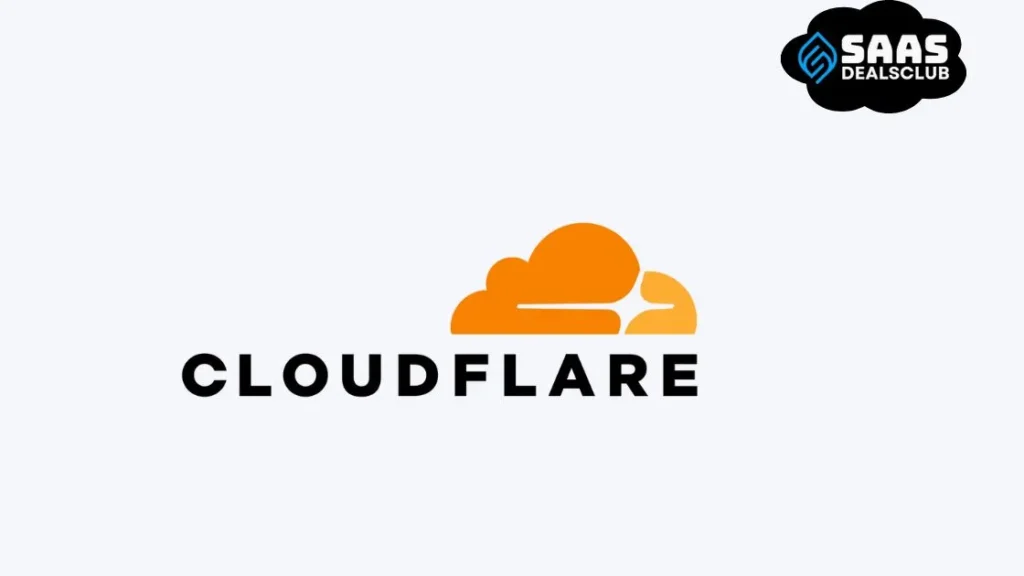A Content Delivery Network (CDN) is a system of servers. These servers deliver content to users based on their geographic location.
CDNs help websites load faster. They store copies of your site’s files on multiple servers worldwide. This reduces the distance data travels, speeding up load times. Faster websites improve user experience and SEO rankings. CDNs also handle traffic spikes, keeping your site online during high demand.

They enhance security by protecting against DDoS attacks. In this post, we will explore what CDNs are, how they work, and their benefits. Understanding CDNs can help you make your website faster and more reliable. Let’s dive into the world of CDNs and see how they can enhance your online presence and find out “what are cdns?”
Table of Contents
ToggleIntroduction To Cdns
Have you ever wondered how websites load so fast? The secret often lies in CDNs. A CDN, or Content Delivery Network, plays a vital role in delivering content quickly and efficiently. Let’s explore what CDNs are and their purpose.
What Is A Cdn?
CDN stands for Content Delivery Network. It is a network of servers distributed across various locations. These servers work together to deliver content to users based on their geographic location. By serving content from the nearest server, CDNs reduce latency and load times.
A CDN is defined as “a network of servers that is geographically dispersed to enable faster web performance by locating copies of web content closer to end users or facilitating the delivery of dynamic content”
Purpose Of Cdns
The main purpose of a CDN is to improve website performance.
Here are some key benefits:
- Faster Load Times: Content is delivered from the closest server.
- Reduced Bandwidth Costs: CDNs optimize data transfer and reduce bandwidth usage.
- Improved Security: CDNs offer protection against DDoS attacks and other threats.
By using CDNs, websites can provide a better user experience. Faster load times mean happier users.
How Cdns Work

A Content Delivery Network (CDN) is a system of distributed servers. These servers deliver web content to users based on their geographic location. CDNs improve load times, reduce bandwidth costs, and enhance website security. But how do they work? Let’s dive in.
Content Distribution
Content distribution is a key function of CDNs. When a user requests content, the CDN delivers it from the nearest server. This reduces latency and speeds up load times. Distributed servers store copies of content. This is known as caching. It ensures users get fast and reliable access to content.
CDNs use various methods to distribute content:
- Caching: Storing content on multiple servers.
- Load balancing: Distributing user requests across several servers.
- Geolocation: Directing users to the nearest server.
Edge Servers
Edge servers play a crucial role in CDNs. These servers are strategically located close to end-users. They store cached content and deliver it quickly. This reduces the distance data travels, improving load times.
Edge servers perform several important tasks:
| Task | Description |
|---|---|
| Caching | Stores copies of frequently accessed content. |
| Security | Provides DDoS protection and traffic filtering. |
| Load Balancing | Distributes user requests across multiple servers. |
Edge servers ensure content is delivered quickly and securely. They also reduce the load on the origin server. This makes the entire network more efficient.
Types Of Cdn Content
Content Delivery Networks (CDNs) help deliver different types of content. Understanding the types of CDN content is crucial. This section will cover two main types: static and dynamic content.
Static Content
Static content refers to files that do not change often. These files include images, CSS files, JavaScript files, videos, and HTML files. These files are cached on CDN servers. Caching means storing a copy of the file closer to the user. This reduces load time and improves user experience.
- Images (JPEG, PNG, GIF)
- CSS files
- JavaScript files
- Videos
- HTML files
CDNs are very efficient at delivering static content. They help in reducing the load on the origin server. This also enhances the website’s performance.
Dynamic Content
Dynamic content is content that changes frequently. This type of content includes personalized user data, real-time updates, and database-driven content. Examples are user profiles, live sports scores, and e-commerce product recommendations.
- Personalized user data
- Real-time updates
- Database-driven content
- Live sports scores
- E-commerce product recommendations
Delivering dynamic content is more complex. CDNs use advanced techniques to handle it. Techniques include edge computing and real-time data fetching. This ensures users get the most up-to-date information quickly.
Benefits Of Using Cdns
Content Delivery Networks (CDNs) provide numerous benefits for website owners. They enhance the performance and security of your website. Using a CDN can significantly improve the user experience. Let’s explore the key benefits of CDNs in detail.
Improved Load Times
CDNs distribute your content across multiple servers worldwide. This means users load your site from the nearest server. The result? Faster page load times.
Quick load times are crucial. They reduce bounce rates and improve user satisfaction. A faster website also ranks better on search engines. This can lead to more traffic and higher conversions.
Here’s a simple table to show the impact of faster load times:
| Load Time (Seconds) | Bounce Rate |
|---|---|
| 1-3 | 32% |
| 4-6 | 53% |
| 7-10 | 64% |
Enhanced Security
CDNs provide an extra layer of security for your website. They protect against DDoS attacks by spreading traffic across multiple servers.
CDNs also offer SSL/TLS encryption. This ensures data is securely transmitted. This is important for protecting user information.
Here are some security features offered by CDNs:
- DDoS Protection
- SSL/TLS Encryption
- Web Application Firewalls
- Bot Mitigation
Using a CDN not only improves performance but also keeps your website safe. This builds trust with your users.
Cdns And Seo
Content Delivery Networks (CDNs) play a crucial role in web performance. They help improve user experience and can significantly impact SEO. CDNs distribute content across multiple servers, reducing load times. This can lead to better search engine rankings. Let’s explore how CDNs affect page speed and SEO.
Impact On Page Speed
Page speed is a vital factor for SEO. Faster pages provide a better user experience. CDNs help achieve this by reducing the distance between the user and the server. This distribution minimizes latency and speeds up load times.
- Reduced Latency: CDNs cache content closer to users.
- Faster Load Times: Content is delivered more quickly.
- Improved User Experience: Faster sites keep users engaged.
Search engines favor fast-loading websites. CDNs ensure that your site loads quickly, improving your search engine rankings.
Search Engine Rankings
Search engines like Google prioritize fast websites. A slow-loading site can lead to higher bounce rates. This can negatively impact your rankings.
- CDNs improve load times.
- Lower bounce rates indicate a better user experience.
- Better rankings as a result of improved metrics.
CDNs also provide security benefits. They protect your site from attacks, ensuring uptime. This reliability is another factor that search engines consider. A secure, fast, and reliable site ranks higher in search results.
Popular Cdn Providers
Content Delivery Networks (CDNs) are essential in enhancing web performance. They help in delivering content quickly and efficiently. Several CDN providers stand out due to their reliability and features. Below are some of the most popular CDN providers.
Akamai

Akamai is one of the oldest CDN providers. It has a vast network of servers worldwide. Akamai offers high-speed delivery and excellent security features. Their CDN services are suitable for large enterprises. Many well-known brands trust Akamai for their content delivery needs.
Cloudflare

Cloudflare is a popular choice among CDN providers. It offers a range of services, including security and performance enhancement. Cloudflare has an easy-to-use interface.
Their CDN services are affordable, making them accessible to small businesses. Cloudflare also provides protection against DDoS attacks, ensuring your website remains online.
Amazon CloudFront

Amazon CloudFront is a CDN service provided by AWS. It integrates seamlessly with other AWS services. Amazon CloudFront offers low latency and high transfer speeds. It is a scalable solution suitable for businesses of all sizes. Many companies use Amazon CloudFront for its reliability and flexibility.
Implementing A Cdn
Implementing a Content Delivery Network (CDN) can significantly improve your website’s performance. It helps deliver content quickly to users, no matter where they are located. With a CDN, your website can handle more traffic and reduce load times.
This section will guide you through the process of implementing a CDN, from choosing the right provider to setting it up effectively.
Choosing The Right Provider
There are many CDN providers available. Each offers different features and pricing plans.
Consider the following factors when selecting a CDN provider:
- Global coverage: Ensure the provider has a wide network of servers.
- Performance: Check the provider’s speed and reliability.
- Security features: Look for features like DDoS protection and SSL support.
- Pricing: Compare costs and choose one that fits your budget.
- Support: Good customer support can be very helpful.
Here is a table comparing some popular CDN providers:
| Provider | Global Coverage | Performance | Security Features | Pricing | Support |
|---|---|---|---|---|---|
| Cloudflare | Excellent | High | Strong | Affordable | 24/7 |
| Amazon CloudFront | Excellent | High | Strong | Variable | 24/7 |
| Fastly | Good | High | Strong | Variable | 24/7 |
Setting Up Your Cdn
Setting up a CDN involves several steps. Follow these steps to get started:
- Sign up: Create an account with your chosen CDN provider.
- Add your site: Add your website to the CDN dashboard.
- Configure settings: Adjust settings to match your needs. This includes caching, security, and performance settings.
- Update DNS records: Point your domain’s DNS records to the CDN’s servers.
- Test: Ensure the CDN is working correctly by testing your website’s speed and functionality.
Here’s a sample code snippet for updating DNS records:
; Example DNS record for Cloudflare
example.com. IN A 192.0.2.1
www.example.com. IN CNAME example.com.
Once set up, monitor your CDN performance regularly. This will help you ensure your website remains fast and secure.
Challenges And Considerations
Content Delivery Networks (CDNs) offer many advantages, but they also present several challenges and considerations. Understanding these can help in making informed decisions about using CDNs.
Costs
CDNs can be expensive. Costs vary based on traffic and service providers. For businesses with high web traffic, these costs can add up quickly. It’s essential to analyze if the performance gains justify the expense. Small businesses might find CDN costs too high. Always assess the return on investment.
Compatibility Issues
Not all CDNs are compatible with every website. Some older websites may face integration problems. This can lead to functionality issues or performance drops. It’s important to test the CDN with your existing setup. Ensure the CDN provider supports your specific technologies.
Future Of Cdns
The future of CDNs (Content Delivery Networks) holds much promise and excitement. As the digital landscape evolves, CDNs must adapt to meet new demands.
Let’s explore the key trends and changing user expectations shaping this future.
Trends In Cdn Technology
Several trends define the future landscape of CDN technology. These advancements ensure faster, more reliable content delivery.
- Edge Computing: Moving data processing closer to the user. It reduces latency and improves speed.
- Artificial Intelligence (AI): Enhancing content delivery through predictive analytics. AI can optimize routing paths.
- HTTP/3: Introducing faster, more secure communication protocols. It reduces connection times.
- 5G Integration: Leveraging the power of 5G networks. It supports higher data speeds and lower latency.
Evolving User Expectations
User expectations are changing rapidly. CDNs must adapt to stay relevant.
- Instant Access: Users want immediate access to content. Delays can lead to dissatisfaction.
- High Quality: Users expect high-definition content without buffering. Quality is non-negotiable.
- Security: Protecting data from breaches is paramount. Users demand secure connections.
- Global Reach: Delivering content seamlessly across the globe. Users expect consistent performance.
In summary, the future of CDNs involves embracing cutting-edge technologies. Meeting evolving user expectations is crucial for success.
Frequently Asked Questions for what are cdns
What Is A Cdn?
A CDN, or Content Delivery Network, is a system of servers. It delivers web content to users based on their geographic location.
How Do Cdns Work?
CDNs work by caching content on multiple servers worldwide. This reduces latency and improves load times for users.
Why Are Cdns Important?
CDNs are important because they enhance website performance. They reduce load times and improve user experience by distributing content efficiently.
Can Cdns Improve Website Security?
Yes, CDNs can improve website security. They offer features like DDoS protection and secure connections to safeguard websites.
Conclusion
CDNs improve website speed and reliability. They help distribute content globally. This ensures users get faster load times. Better performance leads to happier visitors. Happier visitors mean more engagement and conversions. CDNs also enhance security. They protect websites from attacks.
Investing in a CDN can benefit your online presence. It’s an essential tool for modern websites. Stay competitive with a CDN. Your users will thank you.

